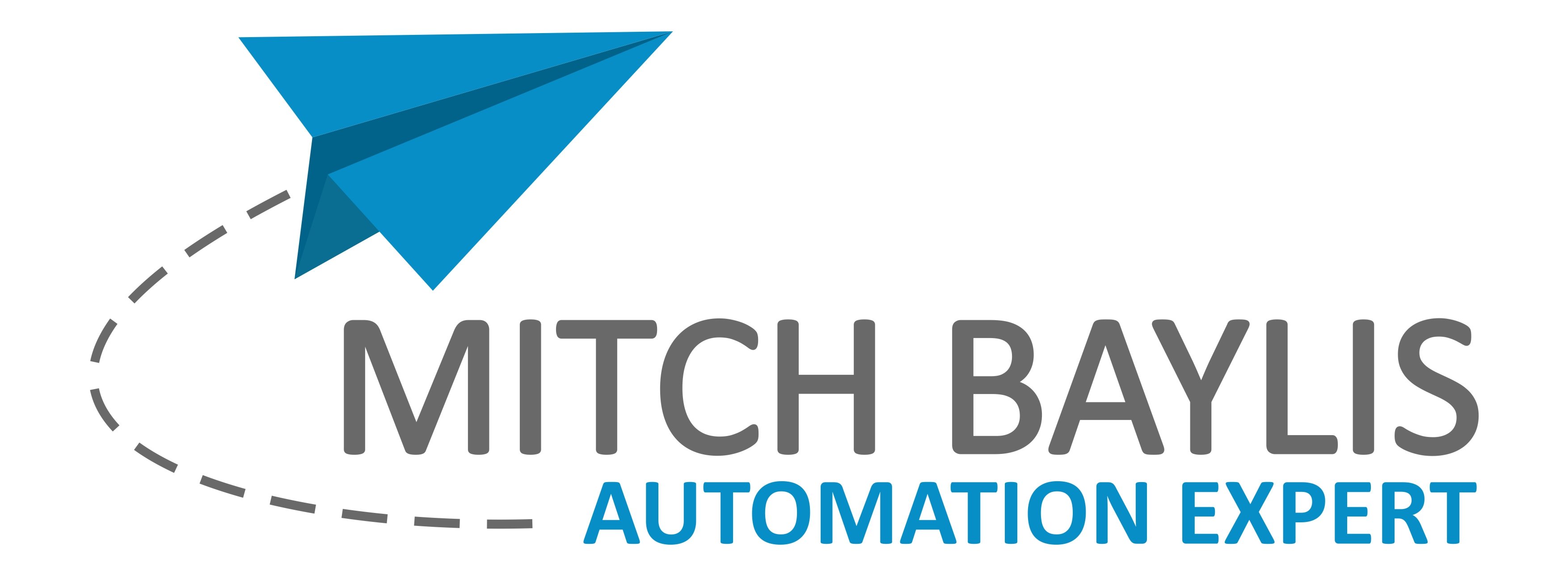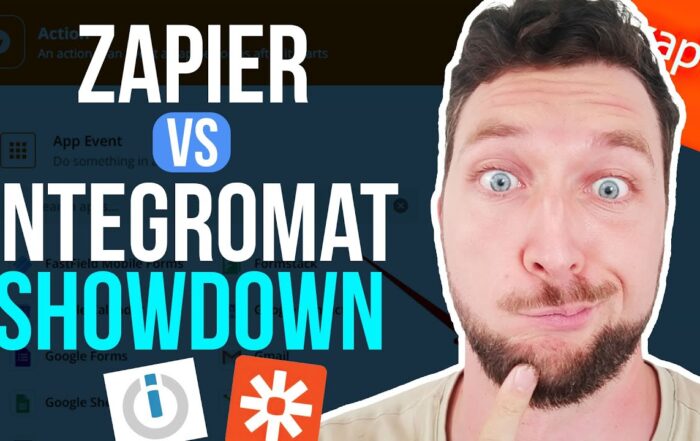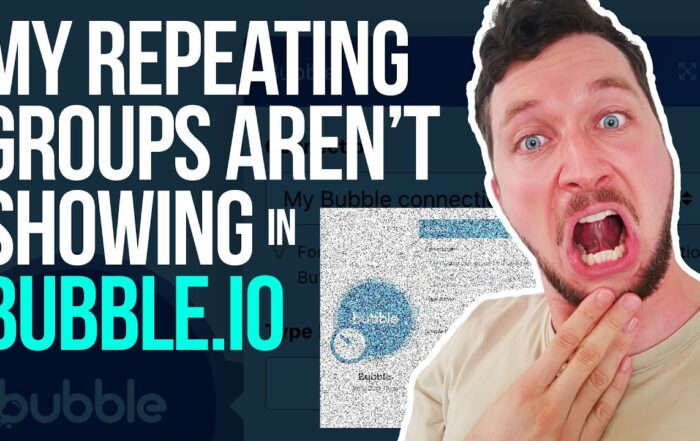Welcome to our deep dive on converting HTML to PDF using powerful tools like Bubble.io and Make.com! 🚀 If you’re looking to streamline your business processes and create professional PDFs effortlessly, you’ve come to the right place. Let’s unravel the secrets of seamless HTML to PDF conversion.
Why Convert HTML to PDF?
Businesses often need to generate PDFs from HTML for various reasons. Whether it’s creating invoices, gift certificates, or reports, PDFs are a universally accepted format that maintains the integrity of your document’s layout and design. With Bubble.io and Make.com, this process is not only simplified but also highly customizable and efficient. 🌟
Getting Started with Make.com for PDF Conversion
First things first, Make.com is a stellar tool for automating workflows, including converting HTML to PDF. To begin, simply search for ‘PDF’ in Make.com, and you’ll find an array of modules available for this task. Some of these include:
- AO PDF
- Craft My PDF
- I Love PDF
- PDF Generator
One of the standout tools for this task is PDF Monkey. Let’s explore why PDF Monkey is a preferred choice.
Why PDF Monkey? 🐒
PDF Monkey offers several advantages:
- Ease of Use: Its interface is user-friendly, allowing even those with minimal HTML or CSS knowledge to design stunning PDFs.
- Cost-Effective: PDF Monkey offers a monthly pricing plan, which can be more economical compared to the credit-based systems of other tools.
- Customization: With the ability to design templates directly within PDF Monkey, you can create highly customized PDFs that fit your brand’s aesthetic.
- Live Preview: You can see your design changes in real-time, ensuring that the final output matches your expectations perfectly.
Setting Up Your PDF Template
One of the key features of PDF Monkey is its template system. Here’s a step-by-step guide to creating a basic PDF template:
- Create a Background Image: Design a background image that includes placeholders for text and other elements.
- Custom Fonts and CSS: Import custom fonts and use CSS to style your text. This can include changing font sizes, colors, and placements.
- Placeholders: Define placeholders in HTML that will be replaced by dynamic data from Make.com.
- JSON Data Packet: Create a JSON string that includes all the dynamic data you want to populate in your PDF.
For instance, if you’re creating a gift certificate, your JSON data might look like this:
{
"recipient_name": "John Doe",
"gift_amount": "$100",
"gift_code": "ABC123",
"expiry_date": "2023-12-31"
}This data is then sent to PDF Monkey’s ‘Generate Document’ module, which replaces the placeholders in your HTML template with the actual data.
Advanced Customization Tips
For those looking to add more complexity to their PDFs, here are some advanced tips:
- Dynamic Templates: Switch templates based on certain parameters, such as product codes or categories.
- Tables and Rows: Use HTML and CSS to create tables and rows within your PDF for a structured layout.
- Images and Watermarks: Be cautious with tools that require additional API calls for images and watermarks, as these can consume more credits.
PDF Monkey simplifies these tasks with its comprehensive help documentation, making it easier to iterate and perfect your designs.
Integrating with Bubble.io
Bubble.io, a no-code platform, complements Make.com perfectly. By integrating Bubble.io with Make.com, you can automate the generation and distribution of PDFs directly from your web applications. For example, you can trigger the PDF creation process when a user completes a form or makes a purchase on your Bubble.io app.
Here’s how to set up this integration:
- Create a Workflow: In Bubble.io, set up a workflow that captures the necessary data for your PDF.
- Send Data to Make.com: Use a webhook or API connector to send this data to Make.com.
- Generate PDF: Use Make.com’s PDF Monkey module to generate the PDF based on the data received.
- Store or Send PDF: Choose whether to store the PDF in a database, email it to the user, or provide a download link.
Conclusion
Converting HTML to PDF doesn’t have to be cumbersome. With the right tools like Bubble.io and Make.com, you can create professional, dynamic PDFs with ease. Whether you’re a seasoned developer or a no-code enthusiast, these platforms offer the flexibility and power you need to streamline your business processes. 🌐
Happy automating! 🎉
Recent Posts
Zapier vs. Make.com: Which Business Automation Tool is Right for You?
Hey there, automation enthusiasts! 🚀 Today, we’re diving into a face-off between two business automation giants: …
Why I Switched from Calendly to Acuity: A Comprehensive Guide to Better Business Automation
🚀 In the ever-evolving landscape of business automation, choosing the right tools can make or break …
Master Bubble.io: Fixing Repeating Group Issues with Nested Elements
Hey there, fellow Bubble.io enthusiasts! Are you struggling with nesting elements within repeating groups? 🤔 You’re …



